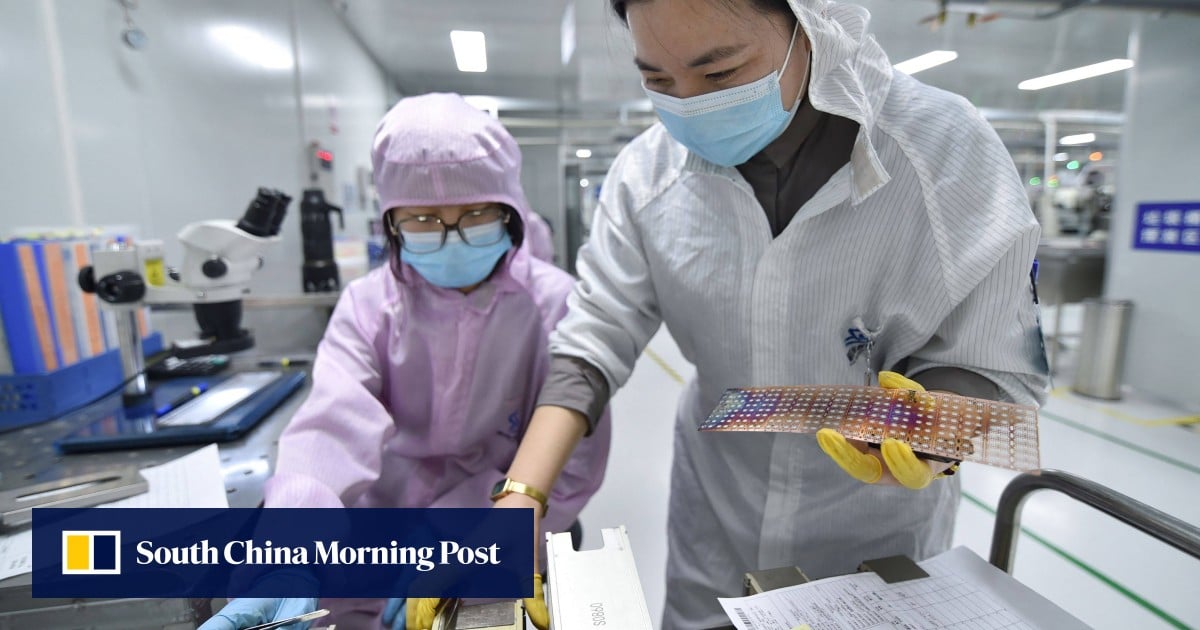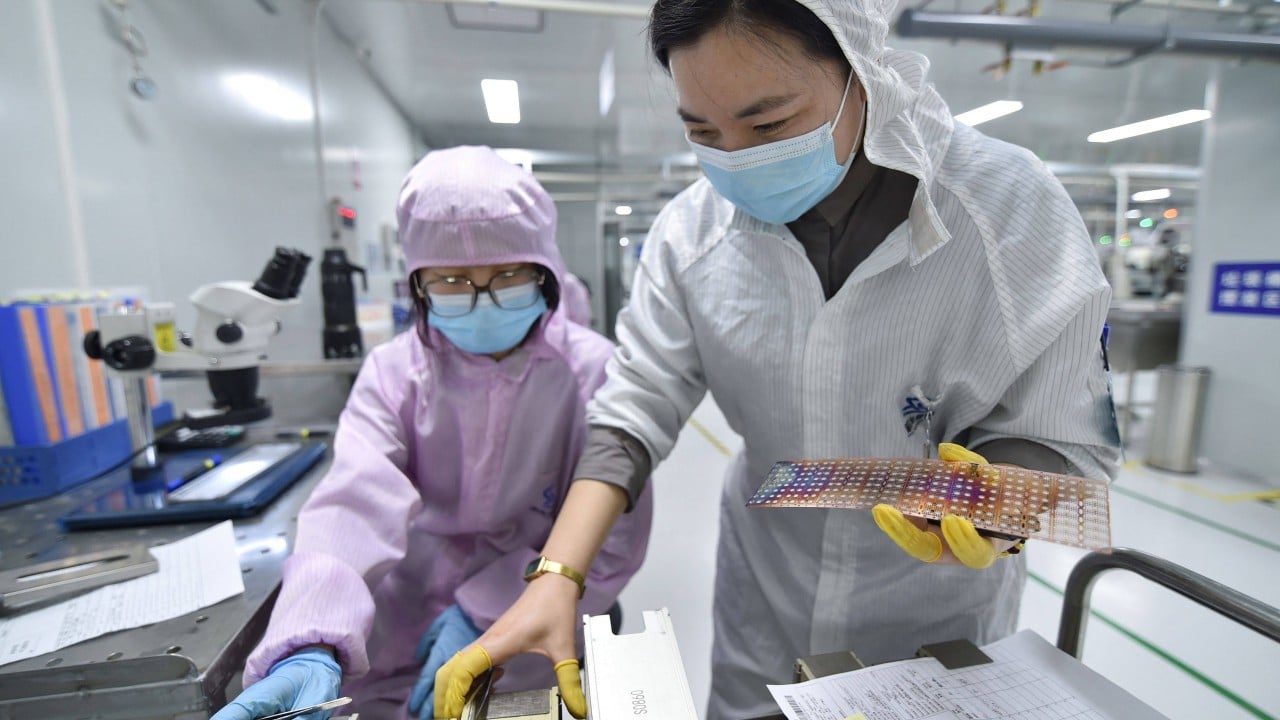
31 Jan China’s top fabless chip firms estimate big 2023 losses despite push for greater self-sufficiency in semiconductors

China’s leading chip companies, from Loongson Technology to Cambricon Technologies, expect to log huge losses for 2023 in spite of Beijing’s push for greater self-sufficiency in semiconductors, according to corporate filings.
Loongson Technology, a fabless chip firm that is a firm advocate for domestic semiconductor development, is estimating a full-year loss of 310 million yuan (US$43.36 million) against a 51.8 million yuan profit in 2022. It also expects 2023 revenue to come in at about 508 million yuan, down 31 per cent year-on-year, according to an earnings release on Tuesday.
Meanwhile Beijing-based Cambricon Technologies, which produces artificial intelligence (AI) accelerators, is projecting a full-year loss of up to 924 million yuan, which would be 40 per cent narrower than its loss in 2022 due to cost-cutting efforts. It is forecasting 2023 revenue to be slightly down from 722 million yuan in 2022, according to an earnings forecast also issued on Tuesday.
Loongson cited softness in the industrial chips market and heavy spending on research and development for the weaker performance in 2023. Cambricon did not elaborate on the reasons behind its weaker showing. Both companies are on a US Commerce Department trade blacklist, which restricts their ability to buy advanced US-origin technologies and sell to certain customers.
China’s flagship CPU designer puts on a brave face amid US sanctions
China’s flagship CPU designer puts on a brave face amid US sanctions
Tougher US sanctions since October 2022 have further restricted what global semiconductor companies such as Intel and Nvidia can sell to Chinese customers. Although Beijing is pushing the development of domestic alternatives, it appears progress is slow.
Industry professionals and analysts say the strict US sanctions and limited product catalogues at Chinese firms are hindering this domestic development, along with a tougher environment in 2023.
“It’s not just them [Loongson and Cambricon], everyone struggled a bit last year,” said Stewart Randall, head of electronics and embedded software at consultancy Intralink. “A lot of companies like Loongson and Cambricon, they don’t really sell into the mass market, and that is where semiconductor companies make real money.”
Randall pointed out that government procurement from these companies lacks volume and economy of scale to prop up their businesses, coupled with US sanctions that impact their access to the services of global foundries.
An engineer at Chinese server and internet gear company H3C, who declined to be named due to the sensitivity of the matter, said Loongsoon’s home-grown architecture is niche and the performance of its chips not as good relative to peers, meaning less adoption in the server market.
Loongson has developed several server-facing central processing units – including the 3C5000 and 3D5000 – while Cambricon has rolled out cloud-facing AI chips for both training and reference purposes.
China has been keen to build up GPU-based computing power since OpenAI’s ChatGPT ignited a new global AI race in late 2022, with companies vying to produce bigger-parameter models and killer applications.
Computing power is the key to win this AI game as it helps shorten the time to train the large language models the technology is based on, and increase the speed of reference and citations. Chinese tech firms with deep pockets like Baidu, Tencent Holdings, Alibaba Group Holding and ByteDance were big buyers of Nvidia’s latest GPUs before sanctions kicked in.
Beijing has laid out a plan to boost the country’s aggregate computing power by more than 50 per cent by 2025. By the end of June last year, China’s total computing power reached 197 EFLOPS, equal to one quintillion floating-point operations per second, a measure of a computer’s speed, according to government data.
